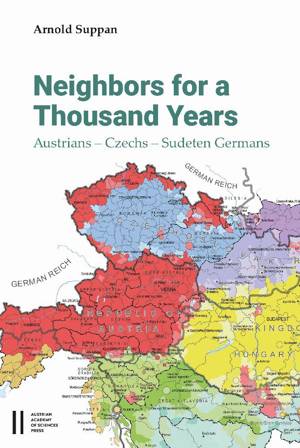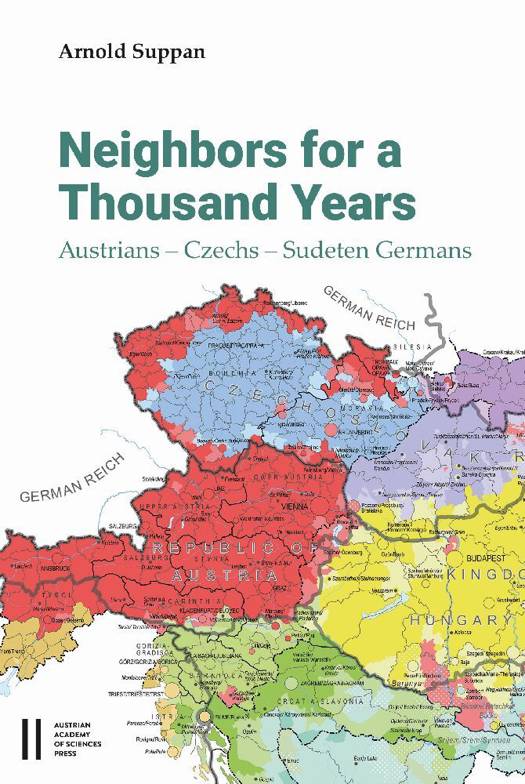
- Afhalen na 1 uur in een winkel met voorraad
- Gratis thuislevering in België vanaf € 30
- Ruim aanbod met 7 miljoen producten
- Afhalen na 1 uur in een winkel met voorraad
- Gratis thuislevering in België vanaf € 30
- Ruim aanbod met 7 miljoen producten
Zoeken
Neighbors for a Thousand Years
Austrians - Czechs - Sudeten Germans
Arnold Suppan
Paperback | Engels
€ 91,95
+ 183 punten
Omschrijving
As neighbors since the ninth century, the German and Czech inhabitants of the Austrian and Bohemian Lands have experienced substantial political, economic, social, and cultural changes. In the Holy Roman Empire, Premyslides, Babenbergs, Habsburgs, and Luxembourgs founded abbeys and towns and promoted settlement based on German law. In 1526, Ferdinand I began common Habsburg rule. Under his successors, confessional conflict erupted in the Thirty Years' War. The Peace of Westphalia allowed absolute control of the realm but not the Holy Roman Empire until victory over the Ottomans. Reforms under Maria Theresa and Joseph II brought modernization. After the Congress of Vienna, ethnic nationalism increased, leading to Czech-German national conflict in the Bohemian Lands. Still, Austria-Hungary experienced economic, technological, educational, and cultural quantum leaps under Emperor Francis Joseph I until it disintegrated in WW I, a fate sealed by the unbalanced Treaties of Saint-Germain (1919) and Trianon (1920). Hitler's policy of aggression, the forced "Anschluss" of Austria, the Munich Agreement, and the creation of the Protectorate of Bohemia and Moravia pitted Austrian, Czech, and Sudeten-German societies against each other and annihilated the Jews. In 1945/46, the Benes Decrees forced the expropriation, expulsion, and resettlement of Sudeten Germans. In 1948, Austria and Czechoslovakia were separated by the Iron Curtain. Twenty years after the suppression of the Prague Spring by the Warsaw Pact in 1968, a socio-political watershed occurred in 1989/90, creating a new Central European community: Austria joined the European Union in 1995, Czechia in 2004.
Specificaties
Betrokkenen
- Auteur(s):
- Uitgeverij:
Inhoud
- Aantal bladzijden:
- 993
- Taal:
- Engels
Eigenschappen
- Productcode (EAN):
- 9783700193869
- Verschijningsdatum:
- 31/08/2023
- Uitvoering:
- Paperback
- Formaat:
- Trade paperback (VS)
- Afmetingen:
- 170 mm x 50 mm
- Gewicht:
- 1338 g

Alleen bij Standaard Boekhandel
+ 183 punten op je klantenkaart van Standaard Boekhandel
Beoordelingen
We publiceren alleen reviews die voldoen aan de voorwaarden voor reviews. Bekijk onze voorwaarden voor reviews.








